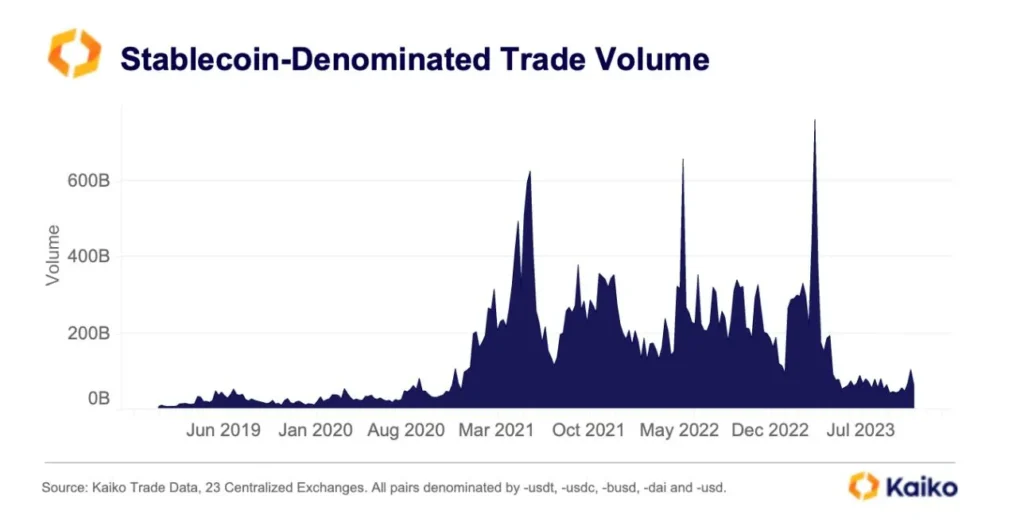Stablecoins are no longer just a buzzword in crypto circles. They carry a promise—a chance to change the way billions of people handle money. Imagine sending money across borders instantly, without high fees, without waiting days for a transfer to clear. That’s the reality stablecoins aim to offer. And in emerging markets, where banking infrastructure is often patchy or expensive, that promise could be life-changing. But can these digital coins truly replace traditional banks? Or is that vision still a dream?

A Lifeline for the Unbanked
Think about it: 1.4 billion adults worldwide don’t have access to a bank account. For many, even basic financial services are out of reach. That’s where stablecoins step in. Pegged to familiar currencies like the U.S. dollar, they combine the reliability of cash with the speed and convenience of digital transactions.
Take Tether (USDT) or USD Coin (USDC), for example. People can send money across continents in seconds, often for just a fraction of what traditional banks charge. For small businesses struggling to reach international markets, this is more than convenience—it’s survival. And for individuals trying to protect their savings from unstable local currencies, stablecoins can feel like a shield against uncertainty.
The Roadblocks Ahead
Of course, it’s not all smooth sailing. Regulation is a huge challenge. Governments are cautious—some are outright banning crypto transactions, while others are slowly drafting rules. And in emerging markets, regulators are even more wary. They worry about money laundering, fraud, and losing control over their own currencies.
Then there’s the digital divide. Not everyone has a smartphone, stable internet, or even basic digital literacy. For many, stablecoins may feel like a mysterious technology rather than a practical solution. Adoption won’t happen overnight—it will take trust, education, and patience.
Blockchain Power: Fast, Transparent, Secure
What makes stablecoins powerful is their foundation: blockchain. Every transaction is recorded publicly. Every movement of funds is traceable. It’s security without the red tape. Smart contracts can automate payments and even loans, which could revolutionize small businesses that struggle with costly intermediaries.
Emerging markets are ripe for this change. Mobile penetration is rising, and people are already accustomed to digital payments. A mobile wallet with stablecoins could make daily transactions effortless—paying for groceries, splitting bills, even getting microloans. And the beauty? It’s all faster, safer, and cheaper than traditional banking ever was.

A New Era for Banks?
So, what happens to traditional banks? Will they disappear? Probably not completely. But their role will change. People may rely on stablecoins for everyday payments while still using banks for savings, loans, and large investments. In a sense, we’re moving toward a hybrid system—part digital, part traditional. And that’s not a threat; it’s evolution.
Still, the shift won’t be painless. Banks may lose deposits, regulators may scramble to keep up, and economies might have to adjust to a partially digital currency system. But if done right, stablecoins could empower people in ways conventional banks never could.
The Risks We Can’t Ignore
Stablecoins aren’t magic. They carry risks. Their value depends on reserves. If confidence falters, a digital “run” could happen just like a bank run. Cybersecurity is another worry—hackers are relentless, and a single breach can shake trust overnight.
And let’s not forget human factors. Technology is useless if people don’t trust it. Education, support, and clear guidance will be crucial to help users feel safe and confident. Only then can stablecoins truly make an impact.
Looking Forward
The next decade is critical. Stablecoins could bring financial inclusion to millions. They could reduce fees, protect savings, and make global trade accessible to small businesses. Central bank digital currencies (CBDCs) may complement them, giving a government-backed option alongside private stablecoins.
By 2030, stablecoins may not fully replace banks—but they could transform the way people in emerging markets live and work. Faster payments, cheaper transfers, and a more inclusive economy. That’s the kind of change people notice. That’s the kind of change that matters.

Conclusion
Stablecoins aren’t just technology—they’re hope. Hope for a world where financial access isn’t a privilege, but a right. For people living far from the nearest bank, struggling with high fees or unstable currencies, they could be a game-changer. The road is full of challenges: regulation, technology, education. But the potential is enormous.
Stablecoins may not replace banks tomorrow, but they could redefine what money means—and who gets to use it—forever.
For more on the evolution of digital currencies, see